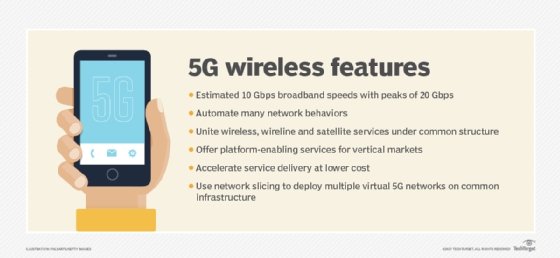
In the world of indie game development, one trend that has been gaining traction in recent years is the use of photorealism in game art. Photorealism, or the use of graphics that aim to closely resemble real life, has become increasingly popular among indie developers looking to push the minecraft servers hosting boundaries of visual fidelity in their games.
One of the most prominent effects of photorealism in indie game art is the level of immersion it can create for players. By creating environments and characters that look lifelike, developers are able to draw players into their game worlds in a way that was not possible before. This level of immersion can make gameplay experiences more engaging and memorable, ultimately leading to a more successful game overall.
Another impact of photorealism in indie game art is the increased attention to detail it requires from developers. Creating photorealistic graphics takes a great deal of skill and effort, as every aspect of the game’s visuals must be meticulously crafted to achieve the desired level of realism. This attention to detail can result in games that are not only visually stunning, but also highly polished and refined.
From a marketing perspective, the use of photorealism in indie game art can also be a powerful tool for attracting players. Games that feature photorealistic graphics often stand out from the crowd and can generate a great deal of buzz and excitement within the gaming community. This increased visibility can help indie developers to reach a wider audience and achieve greater success with their games.
However, despite the many benefits of using photorealism in indie game art, there are also some potential drawbacks to consider. One of the main challenges of working with photorealistic graphics is the significant time and resources that are required to create them. Indie developers, who often have limited budgets and manpower, may find it difficult to achieve the same level of visual fidelity as larger studios with more resources at their disposal.
Additionally, there is a risk that focusing too heavily on photorealism can detract from other important aspects of game design, such as gameplay mechanics and storytelling. While stunning graphics can certainly enhance a game’s overall experience, they should not come at the expense of other elements that are crucial to creating a compelling gameplay experience.
In conclusion, the use of photorealism in indie game art can have a profound impact on the way games are created and experienced. While it can greatly enhance immersion, attention to detail, and marketing potential, developers must also be mindful of the challenges and potential pitfalls associated with this approach. By striking a balance between stunning visuals and solid gameplay design, indie developers can create games that truly stand out in a crowded market.

